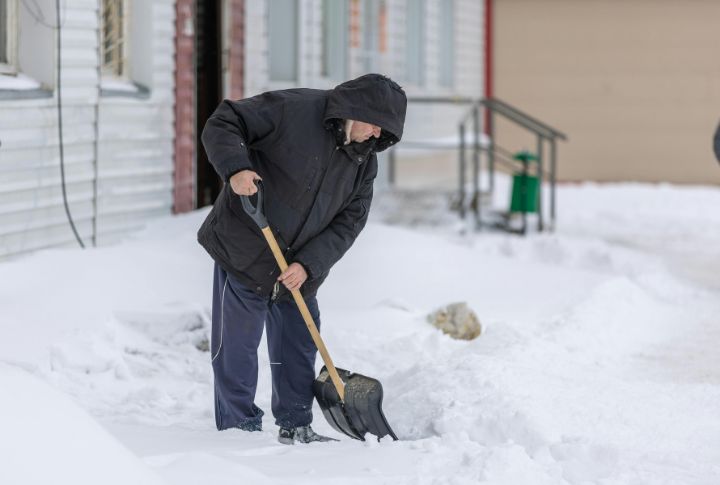
As winter arrives and the snow piles up, many people instinctively reach for their shovels. While clearing snow from driveways and sidewalks may seem like a routine task, it becomes increasingly risky as we age. In fact, after a certain point, the health risks far outweigh the benefits of handling heavy snow. Swipe to explore why hanging up your shovel might be the smartest and safest decision you can make as you age.
Increased Risk of Heart Attacks

Shoveling snow is a straining activity that can cause an unexpected heart rate and blood pressure spike. As per the American Heart Association, the physical exertion required for snow removal can strain the heart, potentially triggering a heart attack. The risk increases if there are pre-existing heart conditions.
Higher Incidence of High Blood Pressure

As we age, the likelihood of developing hypertension rises. Shoveling snow can cause temporary elevations in blood pressure, adding extra stress to the cardiovascular system. Those with existing high blood pressure should take extra precautions, as stress can exacerbate their condition and lead to complications like strokes.
Increased Risk of Muscle Strains

The repetitive motions involved in shoveling snow, such as lifting, bending, and twisting, can lead to muscle strains and injuries. Individuals over 40 often experience a decline in muscle mass and flexibility, making them more susceptible to these types of injuries. Back, shoulder, and arm strains are common and can affect the overall quality of life.
Exacerbation of Joint Problems
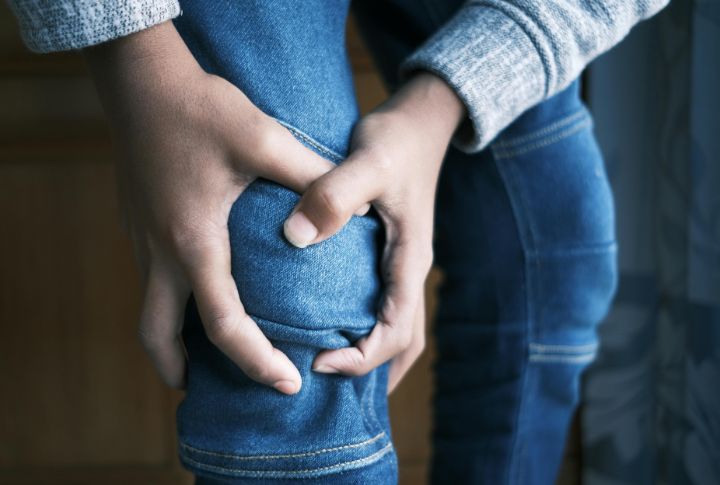
Arthritis and other joint conditions become more prevalent with age. The physical demands of shoveling snow can aggravate these conditions and lead to increased pain, swelling, and reduced joint function. The repetitive stress on the joints can worsen symptoms, making even minor tasks more challenging and uncomfortable.
Respiratory Strain

Breathing in cold, dry air while shoveling snow can strain the respiratory system, especially for those with chronic obstructive pulmonary disease (COPD). Protecting the respiratory system by avoiding outdoor exertion in harsh winter conditions is necessary for maintaining lung health.
Higher Risk of Hypothermia

Prolonged exposure to cold temperatures during snow shoveling increases the risk of hypothermia for people of all ages. Older adults have a diminished ability to regulate body temperature and may not recognize the early signs of these conditions. Frostbite can cause permanent tissue damage, while hypothermia can be life-threatening.
Risk of Dehydration

Shoveling is a physically demanding activity that can cause excessive sweating and fluid loss, even in cold weather. Older individuals are less likely to feel thirsty and may not hydrate adequately, increasing the risk of dehydration. Staying hydrated is essential, but the risk associated with strenuous activities makes it prudent to seek alternatives.
Decreased Physical Resilience
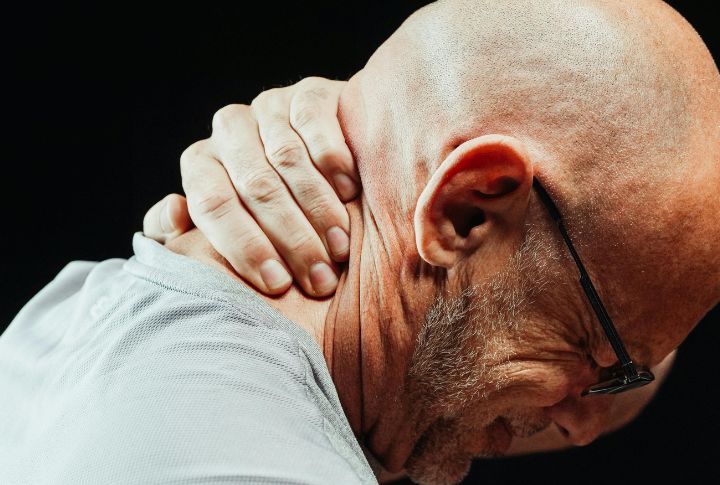
As we age, our bodies take longer to recover from physical exertion. Shoveling snow can lead to prolonged muscle soreness and fatigue. Reduced physical resilience means that even minor exertions can lead to extended periods of rest and recovery, which might impact daily routines and overall well-being.
Challenges in Balancing
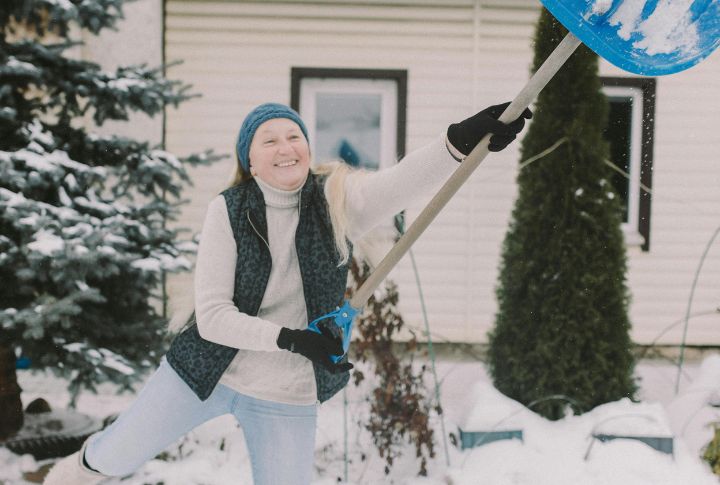
Changes in body balance due to increasing age can make this activity more hazardous. Slippery, icy surfaces combined with the physical demands of shoveling increase the risk of slips and falls. A serious fall can cause injuries such as fractures, head trauma, and long-term mobility issues.
Cognitive Decline

Cognitive functions such as spatial awareness, decision-making, and problem-solving can decline with age. These cognitive changes can affect the ability to perform tasks like shoveling snow efficiently and safely. Mistakes or lapses in judgment can lead to accidents, which makes it safer to seek assistance from others or professional services.
Weaker Immune System

Another thing that diminishes as you age is your immune responses. The physical stress of shoveling snow can further weaken them, increasing the risk of catching colds, flu, or other respiratory infections. Maintaining a strong immune system is vital, and avoiding unnecessary physical strain helps preserve overall health.
Increased Fatigue

Older adults often experience higher levels of fatigue than younger individuals. The intensive physical effort required for snow shoveling can lead to excessive tiredness. Chronic fatigue can also impact daily activities and overall quality of life, so managing energy levels carefully is essential.
Risk of Overexertion

The Occupational Safety and Health Administration or OSHA suggest that overexertion is a leading risk factor for work-related injuries and accidents. Shoveling snow can lead to overexertion, especially for those not accustomed to intense physical activity. It can also result in exhaustion, dizziness, and even fainting.
Increased Reaction Time
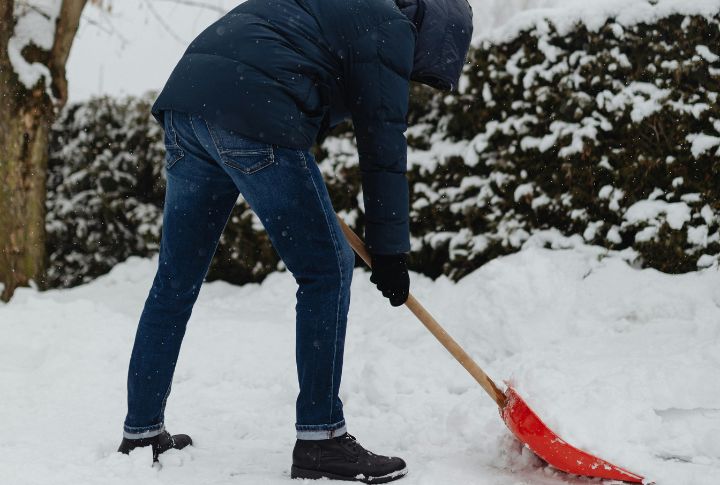
Age-related slowing of reflexes and reaction times can make it harder to respond immediately to unexpected situations while shoveling snow. This delay can increase the likelihood of accidents, especially on slippery or uneven surfaces, where swift adjustments are necessary to maintain coordination.
Risk of Tendinitis

Tendinitis, the inflammation of tendons, is more common with age due to reduced tendon elasticity and strength. Repetitive motions can leave the shoulders, elbows, and wrists feeling like they’ve just run a marathon. This strain can cause chronic pain and decreased mobility, significantly impacting daily activities.

